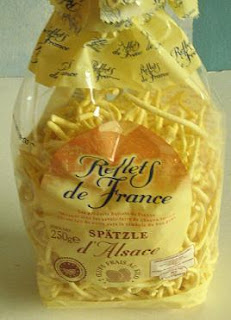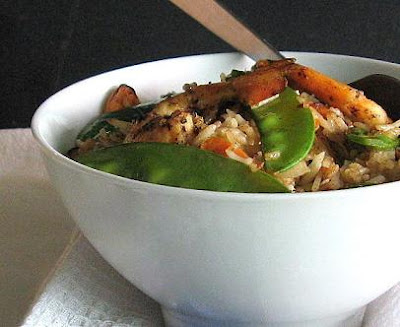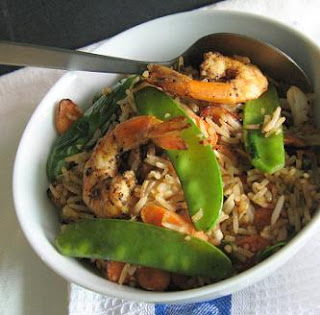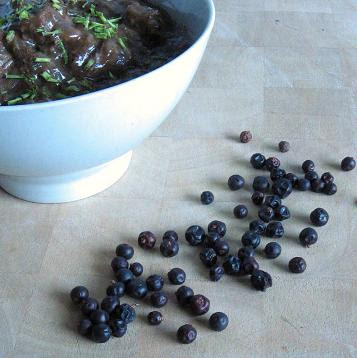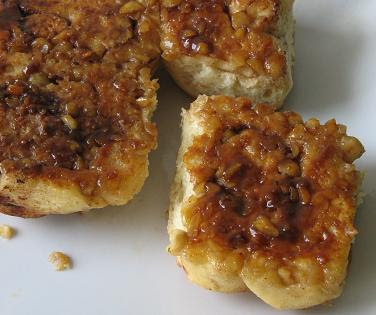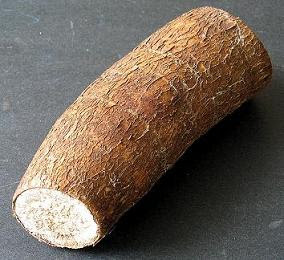| Red (and a little yellow), hot and exciting |
Just got me A NEW FRIDGE! That was the reason for defrosting the old one, which, I know, I should have done way before the build-up of Arctic freeze. Oh well, I don't have to worry about that any more. Now that I HAVE A NEW FRIDGE! After 12 years of living with two second-hand fridges, it was about time.
So, while MY NEW FRIDGE! (sorry, last time, I promise) is resting – I can't turn it on for three hours to let the gas settle – the contents of the old fridge are piled up, with various stages of condensation forming on their surface, on the kitchen counter, mobile island, stove top, in the sink, and a few things are even in a couple of basins on the floor. When did I make so many bottles of relishes and sauces? Why haven't I used them up yet? Gosh, a lot of this stuff is headed for the bin.
Well, since I need dinner and don't have anywhere to put a chopping board, nor can I use the stove at the moment, I would have to turn to the microwave oven.
So I threw together some already roasted bell peppers, chillli relish and homemade marinara sauce and the result was hunky, saucy and hot – the culinary version of George Clooney.
All right, I could have just combined the lot and heated them in the microwave but I have to admit that in the end, I had to clear the things off the stove anyway to cook the spätzle. Now, these noodles may be German in origin, but as you can see from the packaging below, the brand I used (found this at Carrefour, Tropicana City Mall in PJ; there are other shapes as well) is a product of France. It's from Alsace which is located on the German border so that's why it's popular there too.
Spätzle is a bit chewier than your ordinary pasta but that gives it a nice bite. It doesn't puff up much after it's cooked. I like it and will try the other shapes. Perhaps make some authentic German dishes the next time I do.
SPÄTZLE WITH ROASTED PEPPERS AND CHILLI SAUCE
Serves 2The link to a marinara sauce recipe from the Food Network is provided below, but feel free to use store-bought sauce. I used chipotle peppers, but these can be substituted with local dried chillies.
100g dried spätzle, cooked
2 large bell peppers (capsicum), red and/or yellow
2 tablespoons olive oil
1 chipotle or 3 large dried chillies, soaked in hot water
1-1½ cups marinara sauce, homemade or purchased
Salt and pepper
A few fresh basil or mint leaves
- Preheat the oven broiler. Cut peppers in half and remove the seeds and membrane. Place, cut side down, on a baking tray and broil until the skins are blackened. Remove from oven and place in a large bowl; cover tightly with cling wrap.
- When peppers are cool, peel off skin and discard. Do this over the bowl so that none of the juice is wasted. Chop the peppers up into small chunks.
- Remove the softened dried chillies from the water and chop them up. Over medium heat, fry the chillies in the olive oil until fragrant. Add the garlic, stirring for a minute before adding the marinara sauce (add more if you like a saucy pasta) and peppers together with their juice. turn down the heat and simmer for a few minutes; season to taste. Pour the sauce over the cooked noodles and sprinkle with the herbs before serving.

